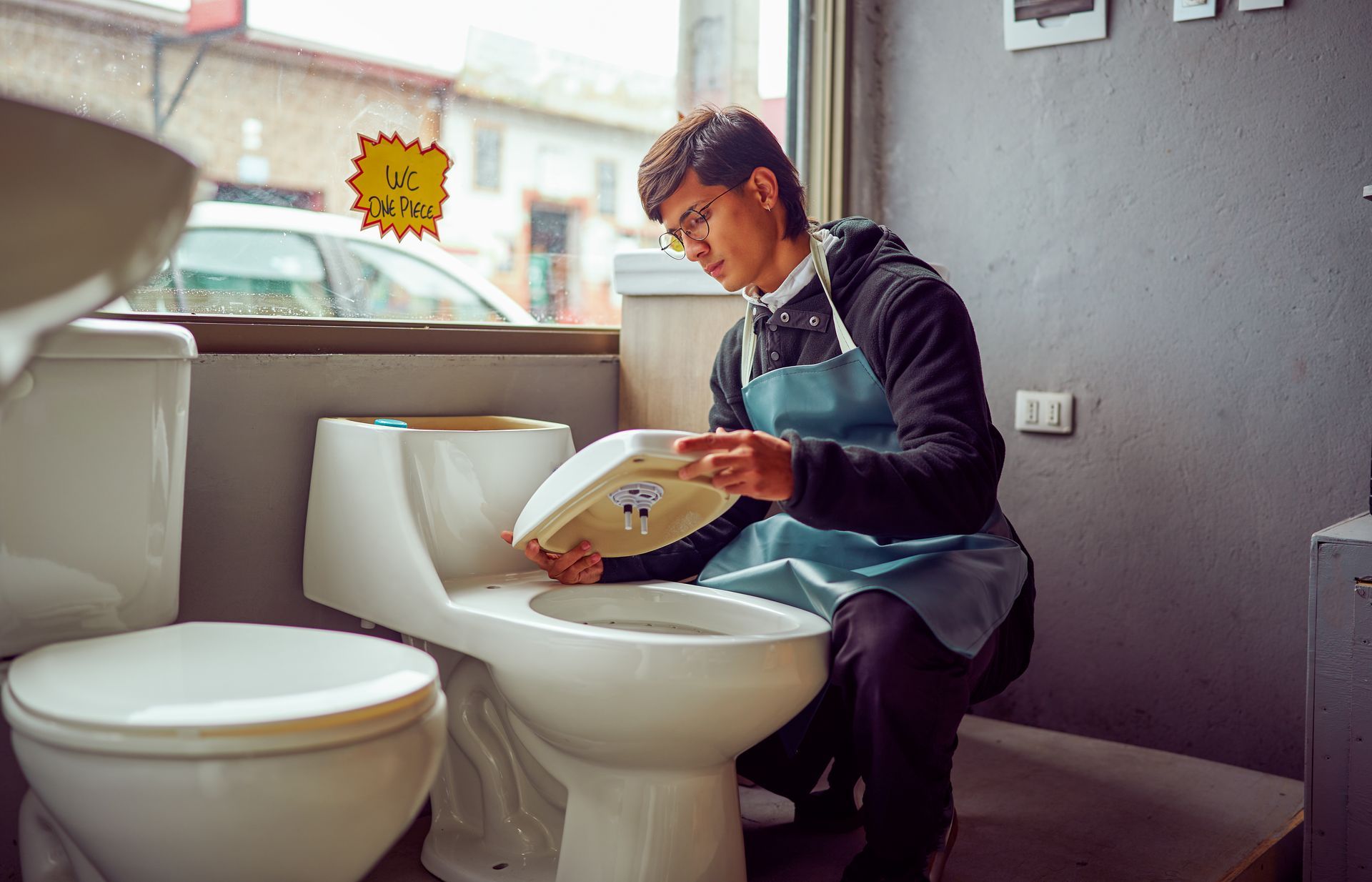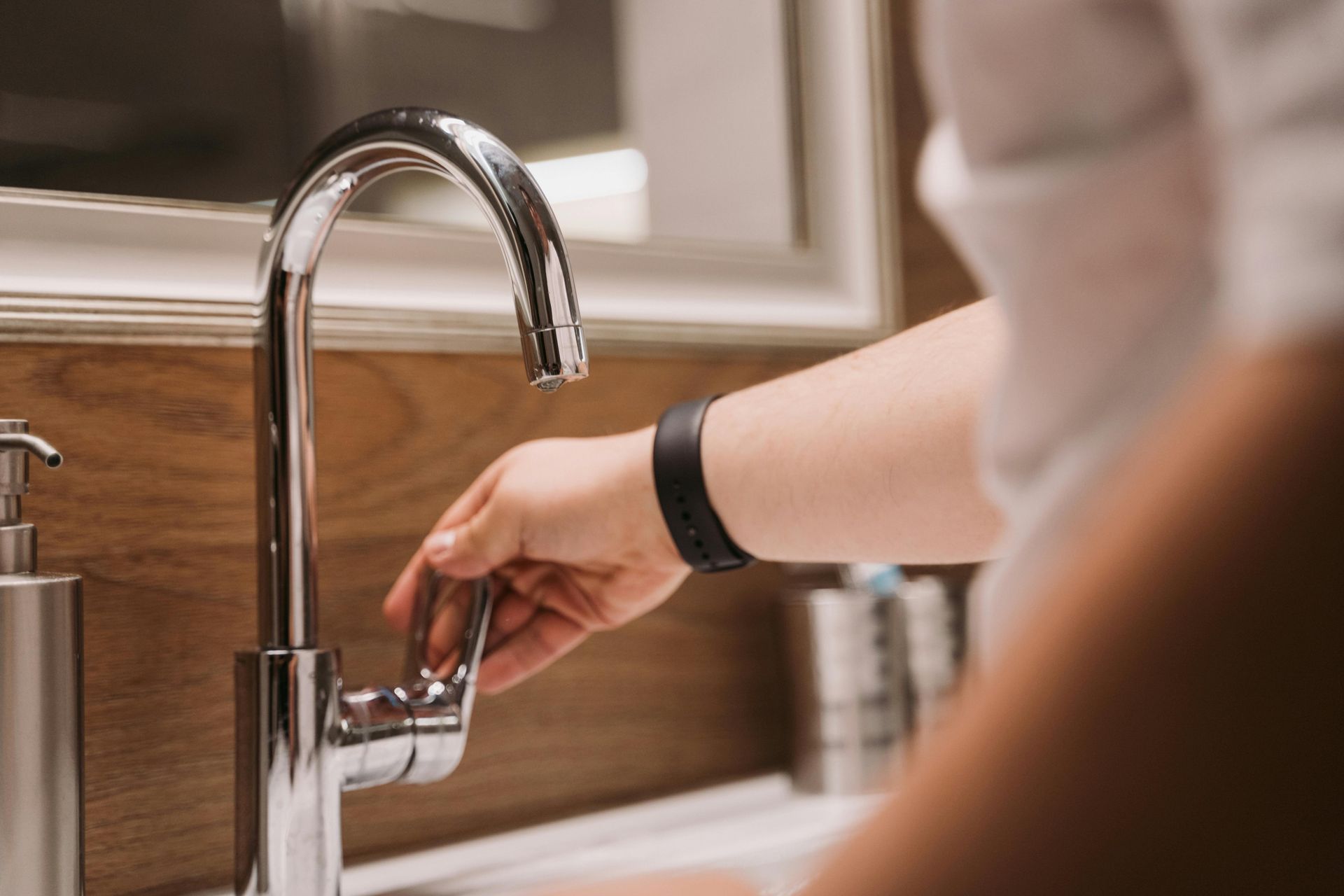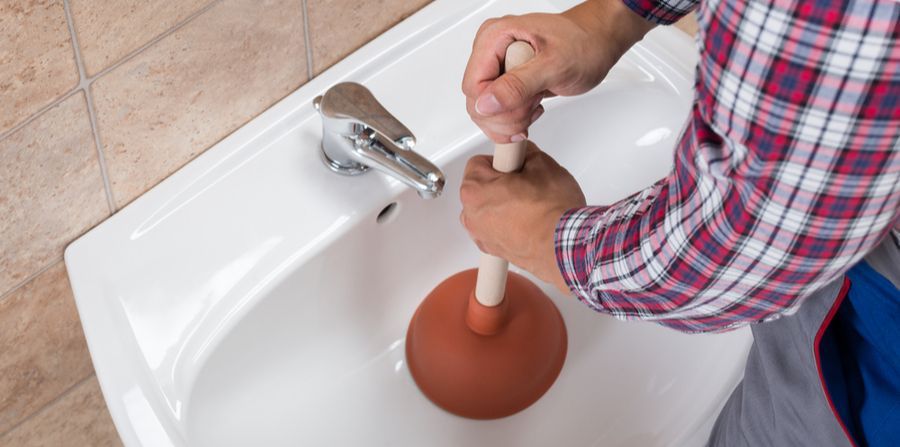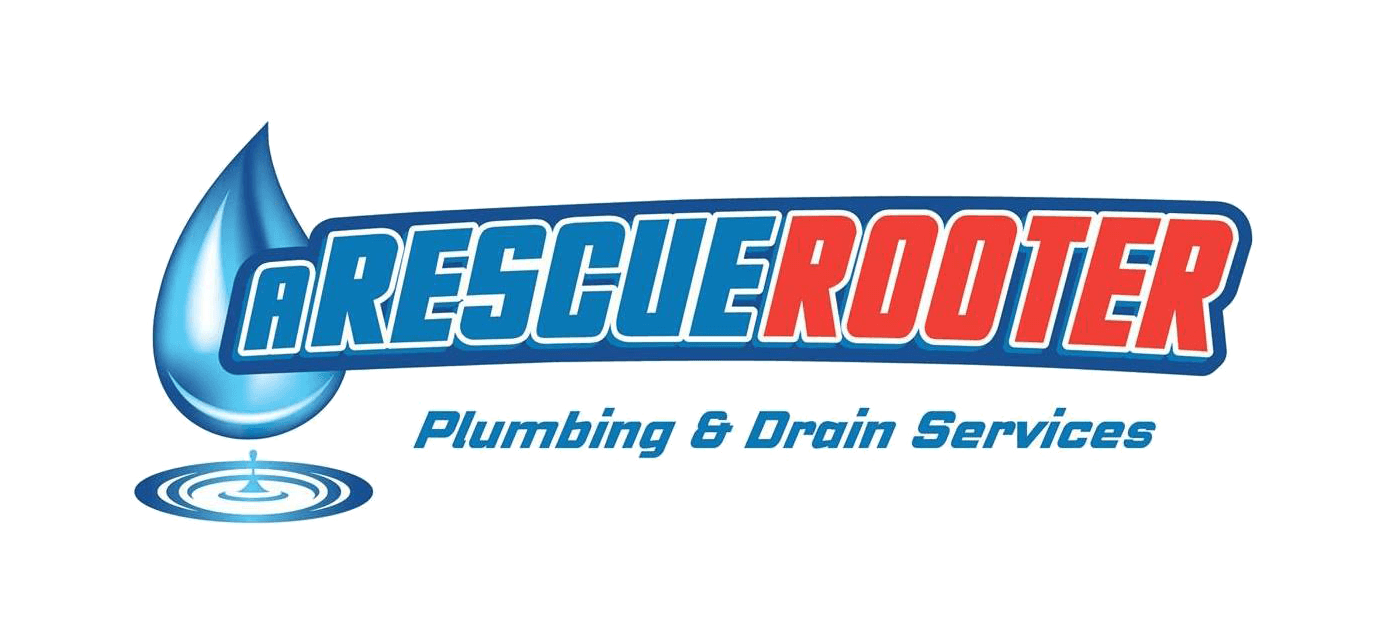Common Toilet Issues and How to Fix Them
Common Toilet Issues and How to Fix Them

Your toilet is one of the most crucial parts of your home’s plumbing system, yet it can be a source of frustration when things go wrong. From clogs and overflows to slow flushing, these common issues can disrupt your daily routine and cause unnecessary stress. This blog will explore the reasons behind these problems, what you can do to address them, and why it’s important to act quickly. Plus, we’ll highlight how the skilled professionals at A Rescue Rooter can help you restore your toilet to perfect working condition.
Common Toilet Problems
1. Clogs
There’s nothing more inconvenient than a clogged toilet. A blockage is often caused by excessive toilet paper, non-flushable items (like wipes or hygiene products), or even a buildup of waste over time. Small clogs may clear with a plunger, but recurring blockages could signal a deeper issue.
- Potential Causes of Clogs:
- Non-flushable items: Sometimes, things like wipes labeled "flushable" don't disintegrate as they should, leading to blockages.
- Kids' toys or other foreign objects: If you have young children, there’s a chance that small objects may have been accidentally flushed.
- Hard water deposits: Over time, hard water can create mineral buildup in your pipes, reducing water flow and increasing the chance of a clog.
2. Overflows
A toilet overflow is not only messy but can also cause water damage to your bathroom floors. Typically, overflows happen when a clog prevents water from draining properly while the tank keeps filling the bowl.
- Potential Causes of Toilet Overflows:
- Blocked drainpipes or sewer lines, often from clogs that were left untreated.
- A worn-out or malfunctioning fill valve may lead to overfilling.
- Excessive toilet paper or non-flushable materials overwhelming the system.
3. Slow Flushing
A slow-flushing toilet can be frustrating, as it may seem like the bowl doesn’t fully empty after each use.
- Potential Causes of Slow Flushing:
- Partial clogs: If the toilet isn’t completely blocked, water can drain too slowly from the bowl.
- Low water levels in the tank: When the tank doesn’t fill properly, there won’t be enough water pressure to flush efficiently.
- Hard water buildup: Mineral deposits in the rim holes or siphon jet may reduce water flow through the system.
Why It’s Important to Act Fast
Ignoring toilet issues can lead to bigger—and costlier—problems down the line. For instance, a recurring clog might turn into a complete blockage that requires extensive plumbing work. Additionally, problems like slow flushing and overflows could signal more significant underlying issues, such as a malfunctioning sewage line or outdated plumbing.
Here’s why prompt action matters:
- Minimize damage: Overflows can lead to water damage or mold growth if not addressed quickly.
- Save money: Early intervention can help prevent costly repairs.
- Restore comfort: A functioning toilet is essential for any household, and tackling the issue ensures a smoother daily routine.
How to Prevent Toilet Problems
Prevention is the best cure when it comes to plumbing issues. Here are some simple tips to keep your toilet working smoothly:
- Only flush toilet paper: Avoid flushing other materials, even those labeled “flushable.”
- Regular maintenance: Schedule maintenance checks to catch minor issues before they escalate.
- Address hard water: Use water softeners or descaling solutions to prevent mineral buildup in your system.
- Teach proper usage: If you have kids, educate them on what can and cannot go down the toilet.
Why Choose A Rescue Rooter
Even with preventative measures, toilet problems can still arise. When they do, know that A Rescue Rooter is here to help. Our team of experienced professionals specializes in diagnosing and resolving all kinds of plumbing issues, from minor clogs to major overhauls.
What Sets Us Apart?
- Expertise: Our plumbers have the knowledge and tools to fix even the most challenging toilet problems quickly and effectively.
- Timely Service: We understand how inconvenient toilet issues can be, which is why we’re committed to providing prompt assistance.
- Customer Satisfaction: At A Rescue Rooter, we prioritize your comfort and satisfaction, ensuring every job is handled with care and precision.
Get Your Toilet Back on Track
Don’t wait for small issues to turn into major plumbing headaches. Whether it’s a persistent clog, a slow flush, or an overflow disaster, A Rescue Rooter has you covered. Give us a call today, and we’ll have your toilet working like new in no time!






